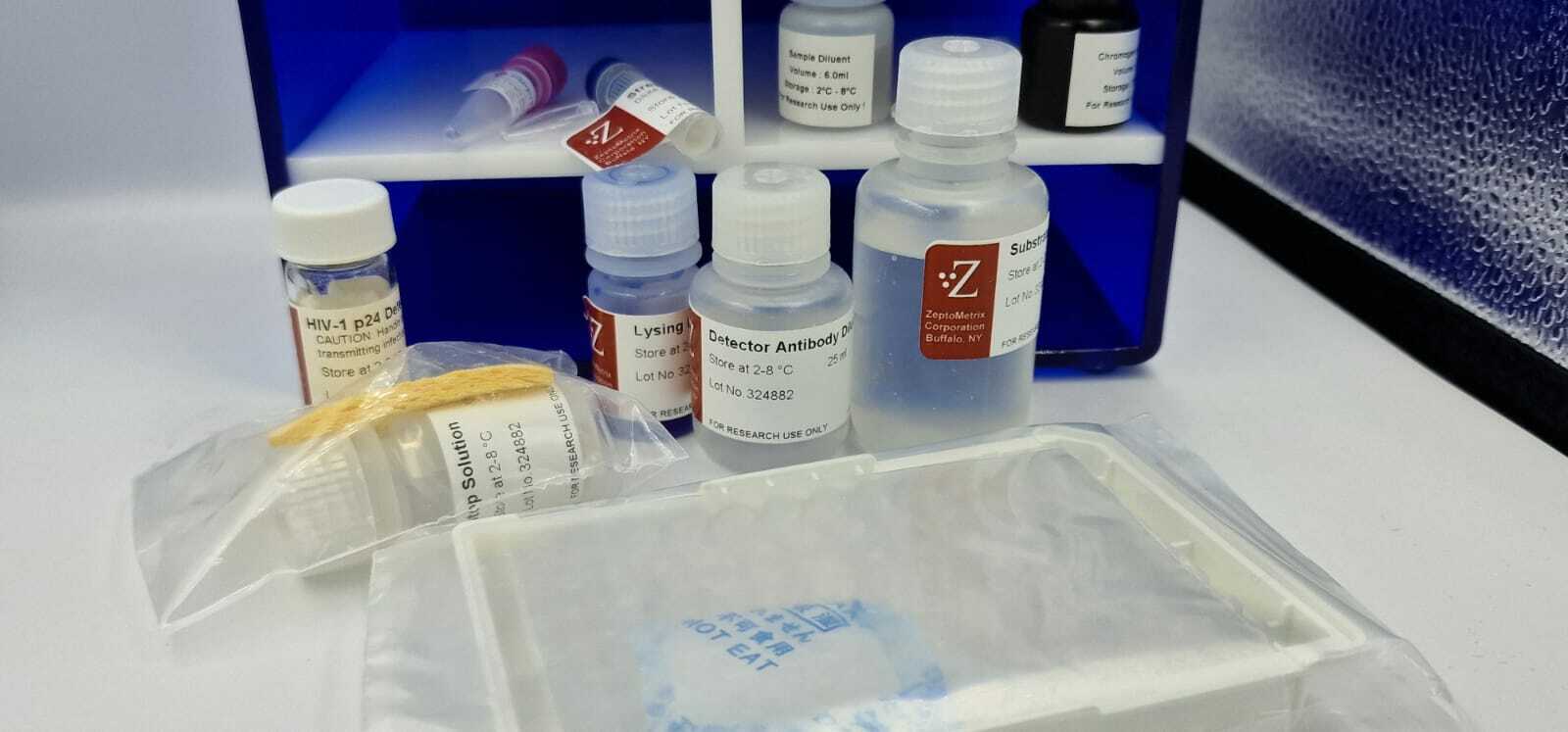Anti-SARS-CoV-2 antibody responses improves
The response to SARS-CoV-2 infection and vaccination is influenced by various factors. Studies indicate that probabilistic antibody testing frameworks can enhance seropositivity estimates in populations with diverse antibody titers. Immune recall plays a role in improving the durability and breadth of antibody responses to SARS-CoV-2. In healthcare workers, factors like age, underlying health conditions, and vaccine type can impact antibody responses post-vaccination, with prior infection leading to higher antibody levels.

Immune recall is a process where the immune system remembers and responds more effectively to a pathogen upon re-exposure. In the context of SARS-CoV-2, immune recall plays a role in improving the durability and breadth of antibody responses to the virus.
In healthcare workers, factors like age, underlying health conditions, and vaccine type can impact antibody responses post-vaccination. For example, older healthcare workers and those with underlying health conditions may have lower antibody levels after vaccination compared to younger, healthier individuals.
Prior infection can also lead to higher antibody levels post-vaccination. A study found that healthcare workers who had previously been infected with SARS-CoV-2 had higher antibody levels after receiving the vaccine compared to those who had not been infected.
Anti-SARS-CoV-2 antibody-containing plasma has shown promise in improving outcomes for patients with hematologic or solid cancer and severe COVID-19. This plasma, which contains antibodies produced by individuals who have recovered from COVID-19, can help boost the immune system of patients who are at risk of severe disease or have weakened immune systems due to cancer treatments.
Population-level measures of seropositivity are essential for understanding the epidemiology of an emerging pathogen, but most antibody tests apply a strict threshold for seropositivity that is not learned in a knowledge-based manner. data, resulting in uncertainty when classifying low titer responses. To improve on this, we evaluated threshold-independent methods for their ability to assign the probability of SARS-CoV-2 seropositivity to individual samples.

Using robust ELISAs based on the SARS-CoV-2 spike (S) and receptor binding domain (RBD), we profiled antibody responses in a group of SARS-CoV-2 individuals PCR+ (n=138). Using these data, we trained probabilistic learners to assign a probability of seropositivity to test samples of unknown serostatus (n = 5100), identifying a support vector machine linear discriminant analysis learner (SVM-LDA) suitable for this purpose.
In training data from confirmed SARS-CoV-2 ancestral infections, 99% of participants had detectable anti-S and -RBD IgG in the circulation, with titers >1000-fold different between people. In data from otherwise healthy individuals, 7.2% (n=367) of samples had uncertain serological status, with values between 3 and 6 SD compared to the pre-pandemic negative control mean ( n=595).
In contrast, SVM-LDA classified 6.4% (n=328) of test samples as having a high probability (>99% chance) of past infection, 4.5% (n=230) as having a 50-99% probability and 4.0% (n=203) to have a 10-49% probability. As different probabilistic approaches were more consistent with each other than conventional SD-based methods, these tools allow for statistically more robust seropositivity estimates in large cohorts.
Probabilistic antibody testing frameworks can improve seropositivity estimates in populations with high titer variability.
The SARS-CoV-2 pandemic illustrated the importance of antibody (Ab) testing, clinically, epidemiologically and in guiding public health measures.1 However, a common problem for antibody testing is the correct classification of seropositivity, as negative control values overlap with low-titer positive values, impacting estimates of past infection.
Most Ab tests apply a strict threshold for determining seropositivity,2-4 such as the ratio of known positive to negative serum calibrators, or 3 or 6 standard deviations (SD) from the mean of the negative controls. This is a conservative approach that attempts to avoid misclassifying true negatives as positives, although it may consequently miss a proportion of true positives and, through statistically costly dichotomization, result in a loss of information. Although 6 SD often serves well for an assay to achieve high specificity, the metric is not learned in any formal data-based way and is highly dependent on the nature and number of negative control samples used to determine the threshold, which have their own variability.
Indeed, the optimal threshold may depend on the use of the test. A cutoff of 6 SD may favor specificity, while a cutoff of 3 SD is likely to be more sensitive. This reliance on a threshold is problematic because, while some samples with extremely high or low readings and are easily classifiable, many measurements may be close to the threshold and their classification changes based on small changes in the threshold, for example, a different assay lot, serum calibrator or low number of negative controls.
This is particularly relevant for SARS-CoV-2, as most infections follow a mild clinical course that typically results in lower Ab titers than infections characterized by severe disease. A similar range of Ab titers has been observed after COVID-19 vaccination.
As Ab responses decline from peak levels over time, this implies that most previously infected/vaccinated individuals will eventually have Ab titers that are difficult to detect and classify , in the absence of reinfection/vaccination. Since many common Ab tests used in the clinic, research, and public health practice have low sensitivity (eg, lateral flow tests) compared to laboratory methods, the problem is compounded.
